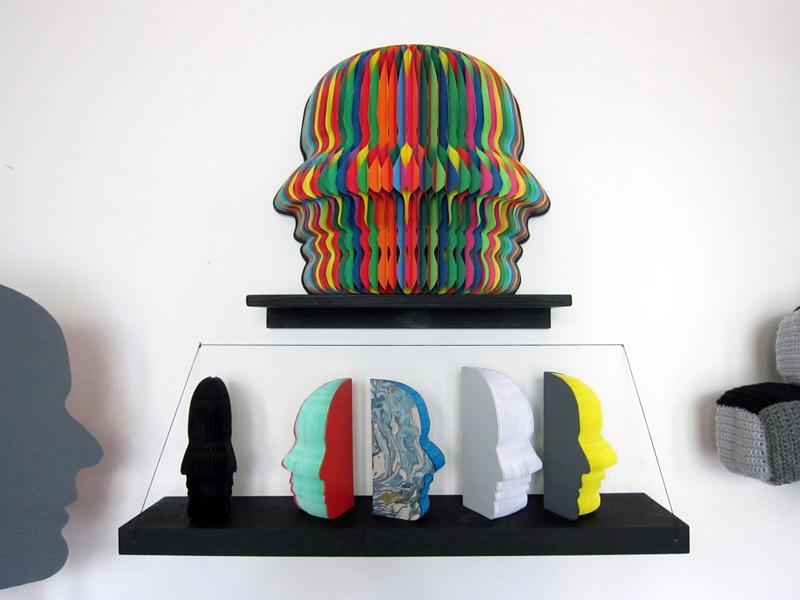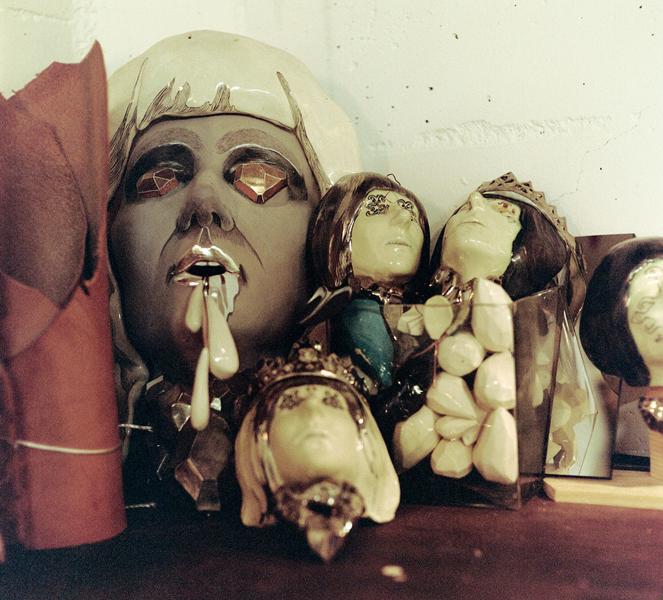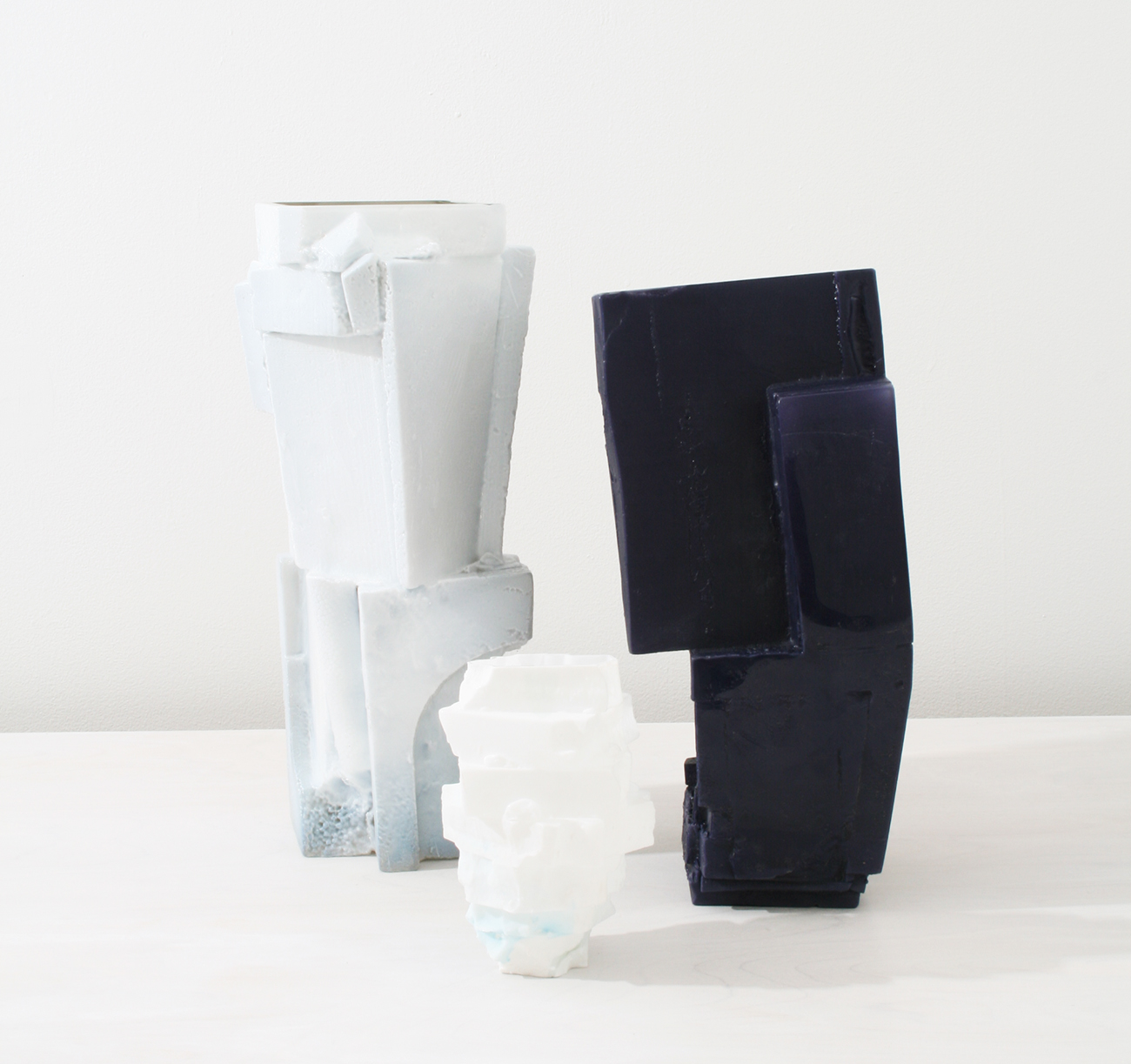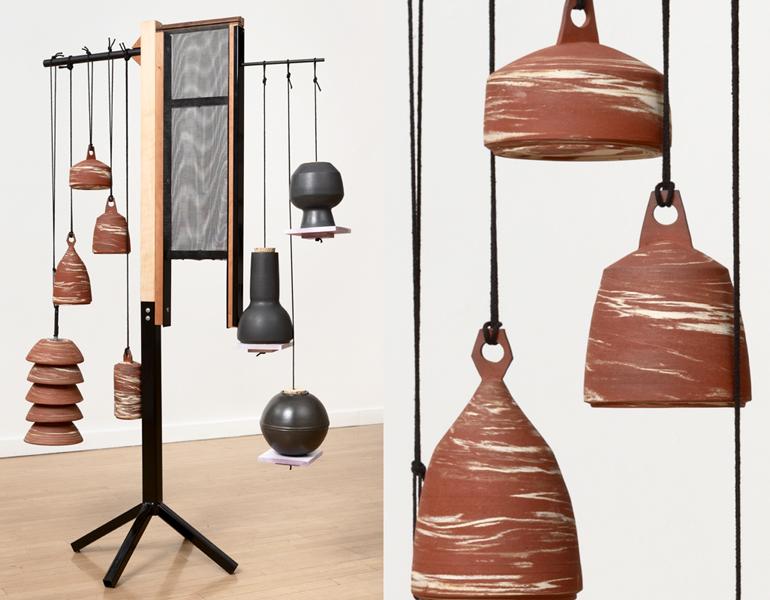
08.30.12
Up and Coming
Ian McDonald, Artist and Ceramicist
To understand what it was like for Ian McDonald growing up in California’s Laguna Beach, it helps to refer back to one of the greatest television dramas of all time. Not, mind you, MTV’s vapid reality show of the same name, but the heart-wrenching high-school football epic Friday Night Lights — McDonald’s hometown being pretty much the diametrical opposite of Dillon, Texas. “Laguna was founded as an artists’ colony,” he says. “Our school mascot, The Artist, ran around with a brush and palette and a beret. Even the football stars took art classes.” In fact, one of McDonald’s earliest run-ins with the medium that would eventually become his life’s work happened when his own sports-star brothers brought their ceramics projects home from school, where their art teacher was a local studio potter. “Most kids would ask their mom for milk money; my older brothers were always asking for clay money,” he recalls. By the time he himself got to high school, he says, “it hit me really hard: This is what I want to do.”
Of course, anyone familiar with McDonald’s current oeuvre, which is marked by sculptural one-offs and elaborate mixed-media wall installations, will recognize that he’s taken his calling well beyond what his upbringing might have prescribed. While he apprenticed to local potters as a teenager, and put himself through college by doing ceramics demonstrations at Laguna craft fairs each summer, he quickly moved away from a traditional practice as soon as he understood the possibilities of using clay in a more expansive (and not necessarily functional) way. As an undergrad, a UCSB grad student, and eventually a burgeoning professional — he set up his San Francisco studio in 2000 — McDonald eschewed the potter’s wheel in favor of freeform sculpture. “I was making these odd ceramic blobjects; larger, hollow, abstract forms,” he says, ones that would be more comparable to the work of Ken Price or Franz West. As time went by, however, he started to get sick of making single pieces “just to set them on the table and be like, here it is.” He started gravitating towards multi-faceted arrangements that often incorporated their own custom shelves or tables, as seen in shows like Optimism in 2008 and Wearing in 2011.
Within that framework came McDonald’s return to pottery. Some of the wheel-turned pieces that populate the landscapes of Wearing, for example, are theoretically useable, while some even have the feel of mid-century stoneware. And a recent collection at South Willard called Look Throughs includes totems created by repeating and merging standard thrown forms to create something much more abstract. As McDonald puts it, “the potter’s wheel becomes this spinning device with which to make sculpture” — a turning point for him, in so far as his thought process when making blobjects versus pottery used to be completely disparate. His upcoming shows at Tokyo’s Playmountain (September 28) and his San Francisco gallery (November) will take that newfound merging of practices as a starting point. “If I take a sculptural object or arrangement and apply the same sort of rigor and process as I would at the wheel, the objects are far more interesting,” he explains. “Even though people aren’t going to pick up my sculptures and hold them or use them, I’m pretending they could. I want that level of detail.”
Favorite everyday object: “Overall, things that work: a good apron, good bags, a good pair of shoes, good blankets, notepads, bottle openers, things that store other things.”
What you’d make if you weren’t allowed to use any ceramics: “I’d work with textiles or paper, or some type of material that also contains an artistic form or transformational progression within the process itself. This allows for a little bit of magic and a lot of working through the idea that I find interesting.”
Last great exhibition you saw: “It wasn’t a show, but rather a film called Jiro Dreams of Sushi. It’s the story of 85-year-old Jiro Ono — considered by many to be the world’s greatest sushi chef — and his restaurant in a Tokyo subway station. It’s dedication personified.”
Favorite source for online inspiration: “I pretty much stay in this neighborhood: South Willard, Ready for the House, An Ambitious Project Collapsing, And a Half, Reference Library, Atelier, Gravel and Gold, You Have Been Here Sometime, Handwerk, Klaimco, and Lloyd’s Blog.”
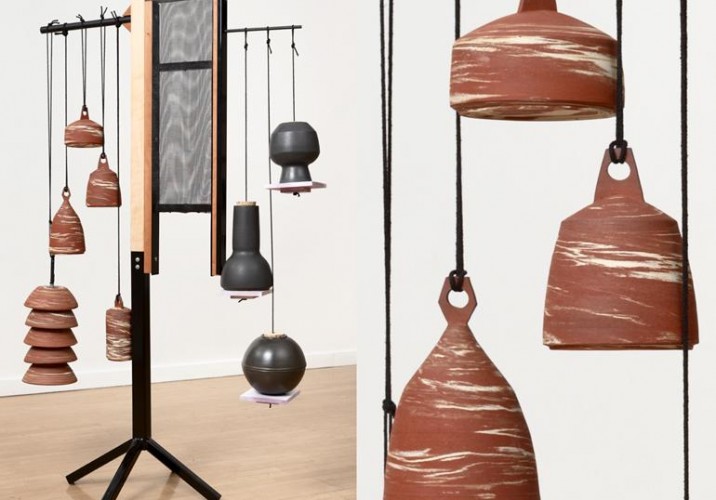
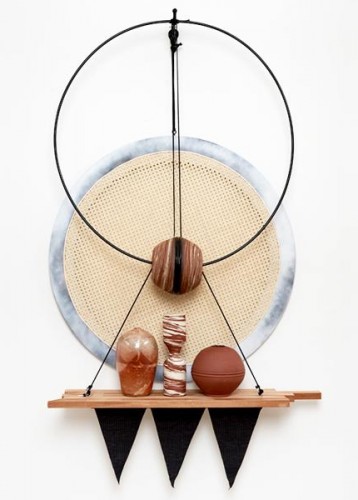
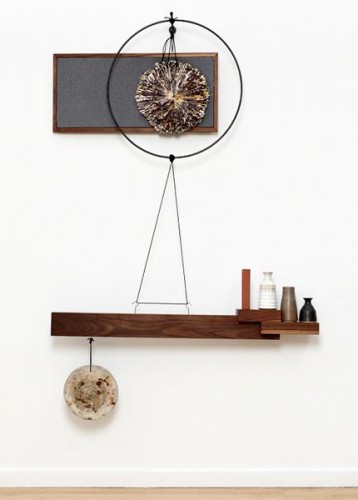
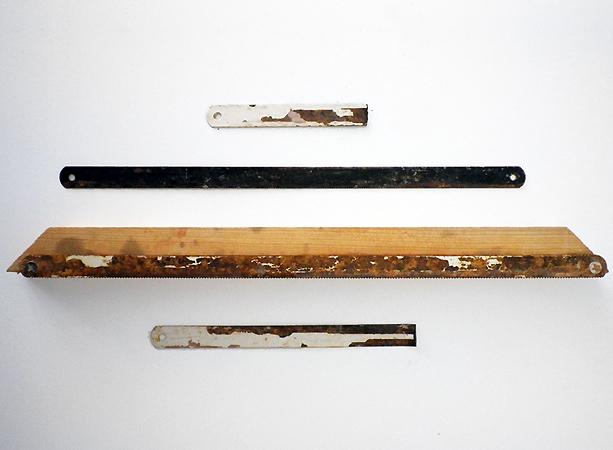
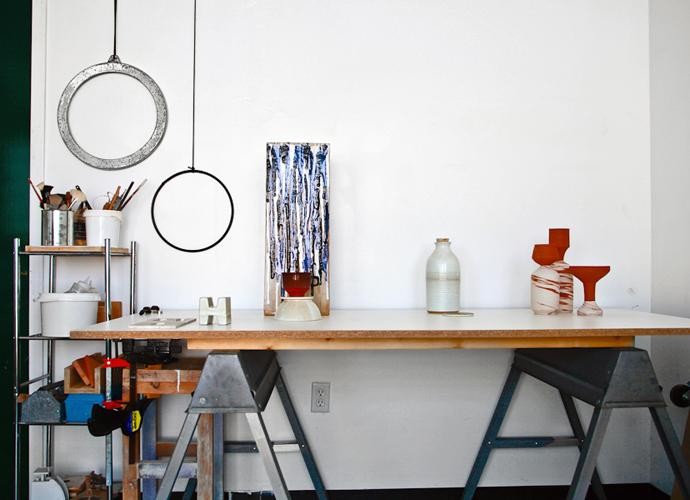
In the winter cold
Working in a process old
New form, from hand warm
(The image above, by Klea McKenna, is taken from a fantastic studio visit with Ian on the website In The Make. To see more studio visits with West Coast artists, go to www.inthemake.com)
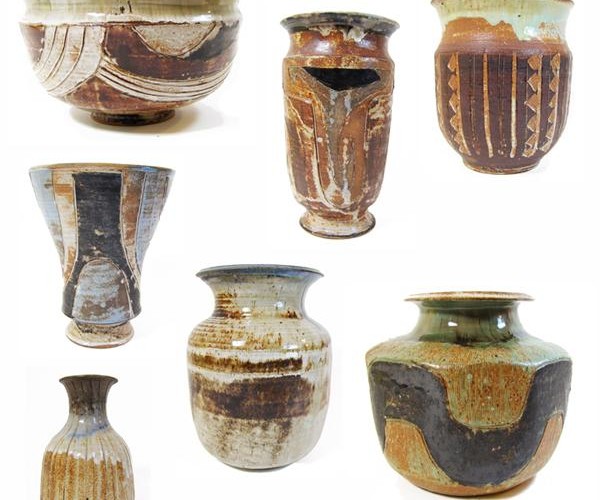
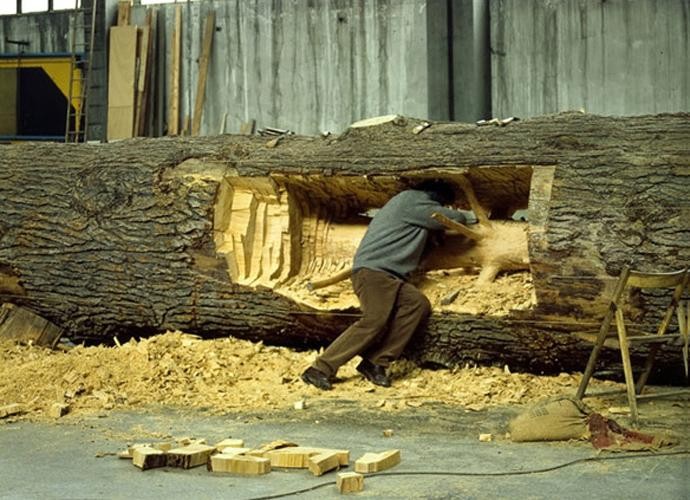
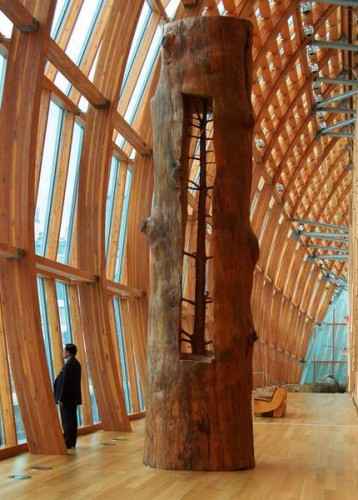
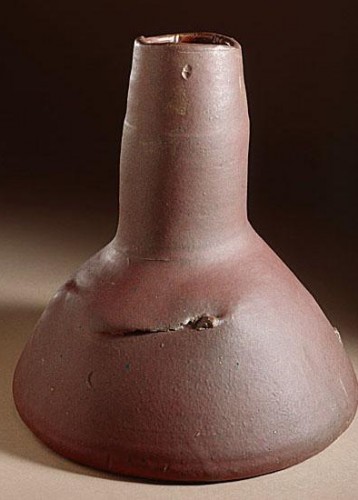
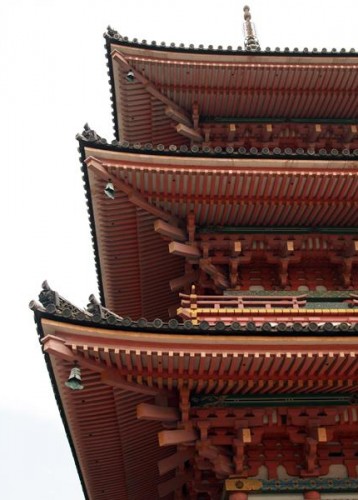
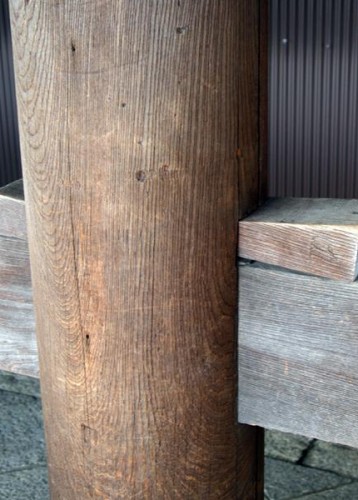
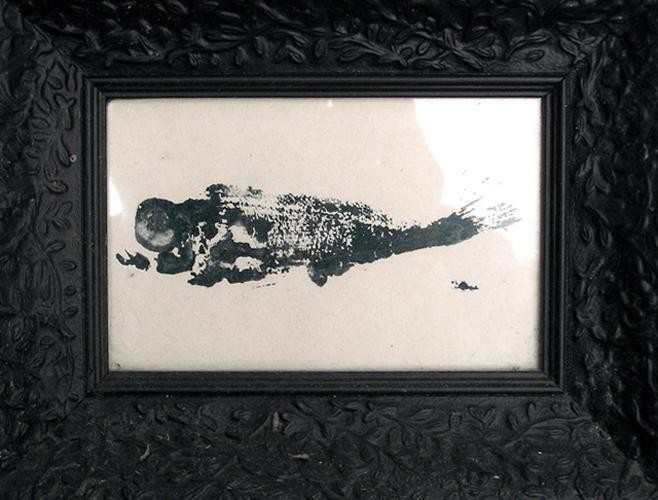
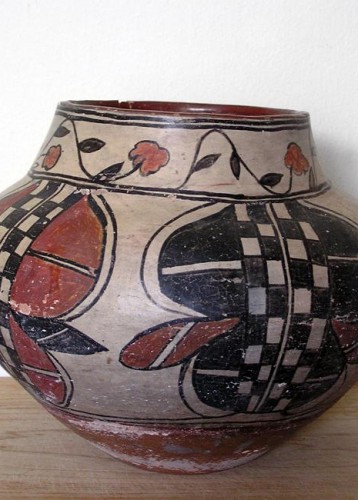
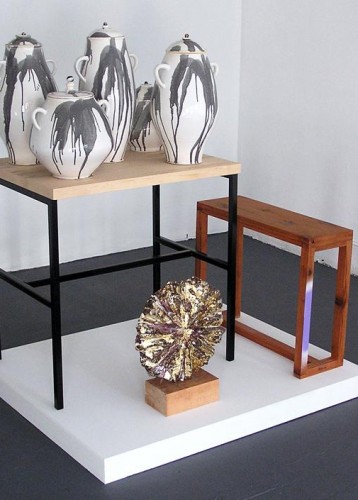
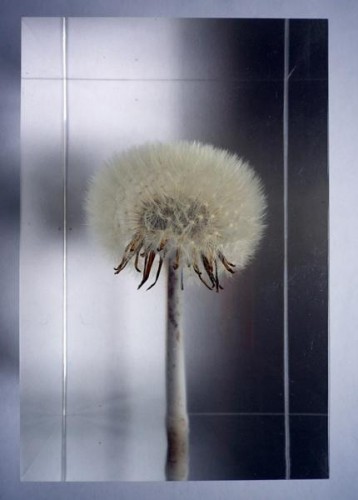
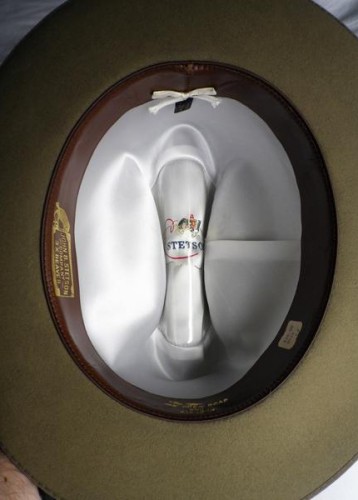
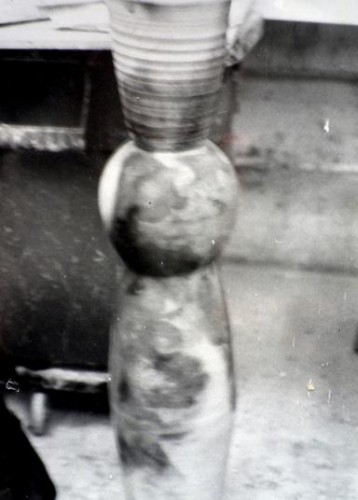
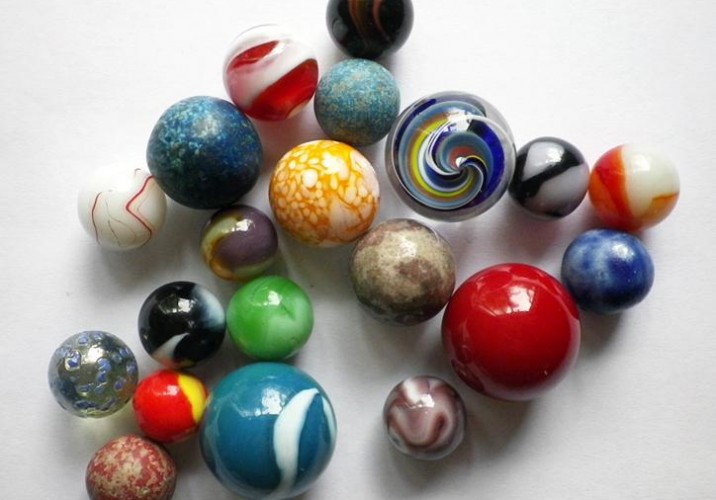
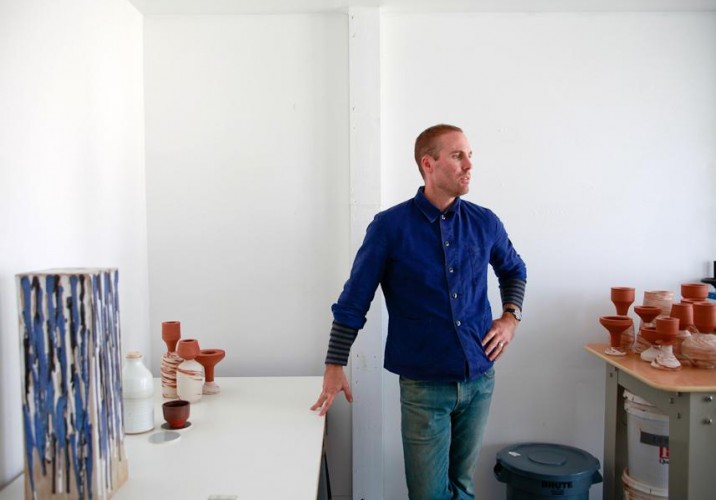
Image above by Klea McKenna for In The Make
